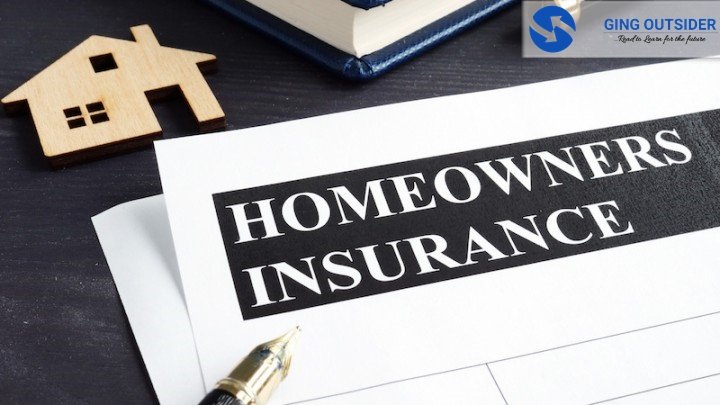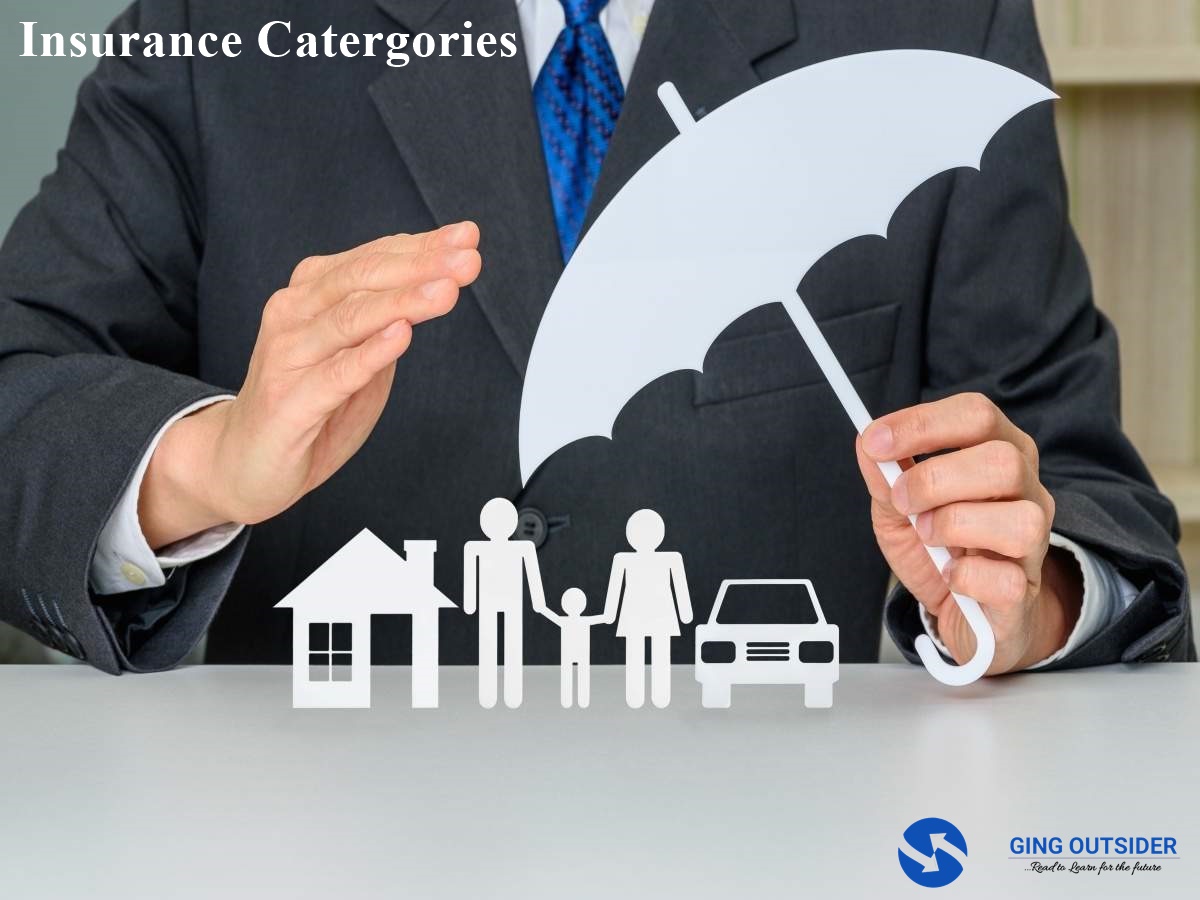If you are familiar with real estate you will know that buying a house is a big investment, one that needs protection. It is such a valuable asset that you cannot afford to replace it out-of-pocket when damaged, as it can lead to bankruptcy. Therefore, it is important that you have homeowners insurance. It provides financial protection to the home and possessions contained in it against losses and damages that result from natural disasters or theft.

Moreover, unlike homeowners insurance is not mandatory by law but it is required by mortgage companies that borrowers have insurance coverage for the value of a property. Homeowners insurance offers property protection as well as liability coverage. However, when purchasing an insurance policy you would like to know the basics of the coverage.
Therefore, in order to be familiar with this type of policy, we provide information in detail on the meaning of homeowners insurance, its various types of coverage, a guide on how to get home insurance, and other necessary information in regards to it.
Meaning of Homeowners Insurance
Homeowners insurance is simply known as home insurance, and abbreviated in the United States real estate industry as HOI. It is a form of property insurance that covers the losses and damages to an individual’s private residence. It provides financial protection to your home and its contents against natural disasters. Homeowners insurance typically compensates you if an event covered under your insurance policy damages your home or personal properties.
Moreover, homeowners policy is package insurance policy, meaning that it includes both property insurance and liability coverage. In other words, it provides coverage for both damage to your property and liability for injuries and property damage to others which you are legally responsible for. It also provides financial protection against damage caused by certain disasters with exception to some and all these risks are covered with an indivisible premium.
Furthermore, just like we mentioned earlier. The homeowners policy is not mandatory unlike the car or automobile insurance policy which the law of some states require drivers and car owners to have. But all mortgage lenders require borrowers to have HOI coverage in order to make a loan. Also, most landlords require their tenants to maintain renter’s insurance which is another form of property insurance for renters. However, whether it is mandatory or not, it is very important to have this kind of protection.
Property Insurance: Meaning and Importance of Property Insurance
How Does it Work?
Moreover, a HOI policy typically provides four types of coverage for events covered in the insurance policy. They are coverage for your home and structures contained, coverage for your personal assets or belongings, liability coverage, and coverage for additional living expenses. However, when any of the covered event in the insurance policy occurs and a claim is made. The homeowner will be required to pay a deductible, which is the amount you pay for covered services before your insurance plan starts to pay.
Moreover, in effect the deductible is a copayment or coinsurance which is the the out-of-pocket costs for your covered services and the insurance company pays the rest. For instance, if the amount for the claim is $10,000 the insurance company informs the homeowner of their deductible. Which may be $4,000 depending on the agreement in the policy or contract, then the company will payout the excess cost which will be $6,000.
Furthermore, a HOI policy usually has a liability limit. It determines the amount of coverage the insured should receive in case of unexpected event occurs. Liability limits are generally set at $100,000, but with an umbrella policy the insured or policyholder can opt for a higher limit.
Types of Coverage the HOI Provides
However, a standard homeowners insurance provides the following essential coverages:
- Coverage for the structure of your home: Covers damage to the interior and exterior of your home and attached structures including fence, garage etc. it pays to repair or rebuild the property in the event of covered disasters such as fire, vandalism, hurricane, lightening etc.
- Coverage for personal belongings: This pays to replace or repair personal assets or belongings that were stolen or destroyed in the event of damage covered in the policy. Expensive items such as jewelries and artworks are covered but there may be a limit to the amount of coverage the insurer will provide.
- Liability coverage: Protects you from lawsuits filed by others for bodily injury or property damage you or your family members are legally responsible for. This also includes your damage caused by your pets.
- Additional living expenses: Covers additional costs for temporary living away from your home while your is being repaired due to damage from fire or other covered events. It typically pays for the rent, hotel room, restaurant meals, and other living expenses you incur while waiting for your home to be repaired. However, there are limits to this type of coverage and providing it varies from company to company.
Homeowners Insurance Coverage Levels
In addition to how homeowners insurance works, the insurance company won’t just pay you the coverage benefits for the amount listed on your policy. The payout method could differ depending on the coverage level you choose and the cost to repair or replace the damaged property.
Furthermore, there are essentially three options when it comes to coverage levels. They include:
- Actual cash value: This coverage pays the cost to repair or replace the damaged house and contents, minus a deduction for depreciation. Which is the current worth of the property and its content due to reduction in the value over time, and not how much you paid for them.
- Replacement cost: This pays the cost of repairing or replacing the property at the same or equal value. It covers the actual cost value of your home and its content without deducting for depreciation. It is based on replacement cost values and not the cash value of the damaged items.
- Guaranteed/Extended replacement cost: This will pay more than the coverage limit if the costs for construction have increased, generally it does not exceed 25% of the limit. The coverage limit is the maximum amount of benefit the insurer will pay for a given occurrence or situation. A policy with guaranteed or extended replacement cost coverage pays whatever it costs to repair or rebuild your home as it was before the damage.
Casualty Insurance: What Does it Mean?
Types of Homeowners Insurance Policy
However, there are several types of homeowners insurance policy and they vary. Some may be able to provide more broader coverage than others, so you should be familiar with the different types available to you and know the difference. Moreover, these types of policies are fairly standard throughout the country. They might go by other names or offered differently in individual states and companies.
Furthermore, insurance policies are not created equal. Each policy is meant to match the policyholder’s needs. Homeowners insurance policy varies depending on the property type and the coverage type you choose considering the range or level of protection you need. However, the several forms of homeowners insurance policies that have been standardized in the country are designated from HO-1 to HO-8. They offer different levels of coverage according to the needs of the homeowner and the type property to be insured.
However, we will only be giving details on few of them according to their relevance.
HO-3 Insurance Policy:
HO-3 insurance policies are the most popular type of homeowners policy, it is also known as special form policy. It provides coverage for your home and other structures contained in it, including personal assets. The HO-3 insurance policy also provides personal liability coverage. It offers the broadest coverage and protects against 16 disasters which include:
- Damage caused by aircraft
- Damage caused by vehicles
- Smoke
- Fire or lightning
- Windstorm or hail
- Explosion
- Riot or civil commotion
- Vandalism or malicious mischief
- Theft
- Volcanic eruption
- Water damage from plumbing or HVAC overflow
- Water heater damage
- Falling object
- Weight of ice, snow or sleet
- Sudden damage from a power surge.
- Freezing of a plumbing, heating, air conditioning or automatic, fire-protective sprinkler system, or of a household appliance
Moreover, the HO-3 policy is generally for multifamily homeowners with recommendation to cover risks associated with renting out their houses to individuals.
HO-4 Insurance Policy:
The HO-4 policy is an insurance for renters, it covers the policyholder’s personal assets against the aforementioned 16 perils or disasters. It also provides personal liability coverage for the policyholder or family members may cause to others.
HO-2 insurance Policy:
The HO-2 along with HO-1 homeowners insurance policy are much less popular than others and they offer limited coverage. They only provide coverage for named perils in the policy. The HO-2 policy may cover your home and personal assets only for the aforementioned 16 perils. But the HO-1, which is the least available home insurance policy covers for a lesser list of perils.
Furthermore, other homeowners insurance policy types include the HO-6 policy which is for owners of condominium. It provides coverage for assets and structures contained in the condo against all the 16 perils we mentioned earlier. It also provides personal liability coverage and cover additional living expenses. HO-8 is usually for older homes and HO-5 is the most comprehensive option available. It covers your home and contents, and also provides liability coverage and additional living expenses.
Insurance Companies Annuity: The Best Annuity Companies and Providers
Best Homeowners Insurance Companies
However, here are the best insurance companies to get your policy at good rates
Additional Notes
In conclusion, in order to get the best rate when shopping for a home insurance policy. Make sure that you get and compare quotes from multiple insurance companies at least 5 of them. Also, the rates of the policy are determined by the insurer’s risk that you will file a claim. The company will assess this risk based on previous claim history related with your home, your neighborhood, and the current condition of the property.




